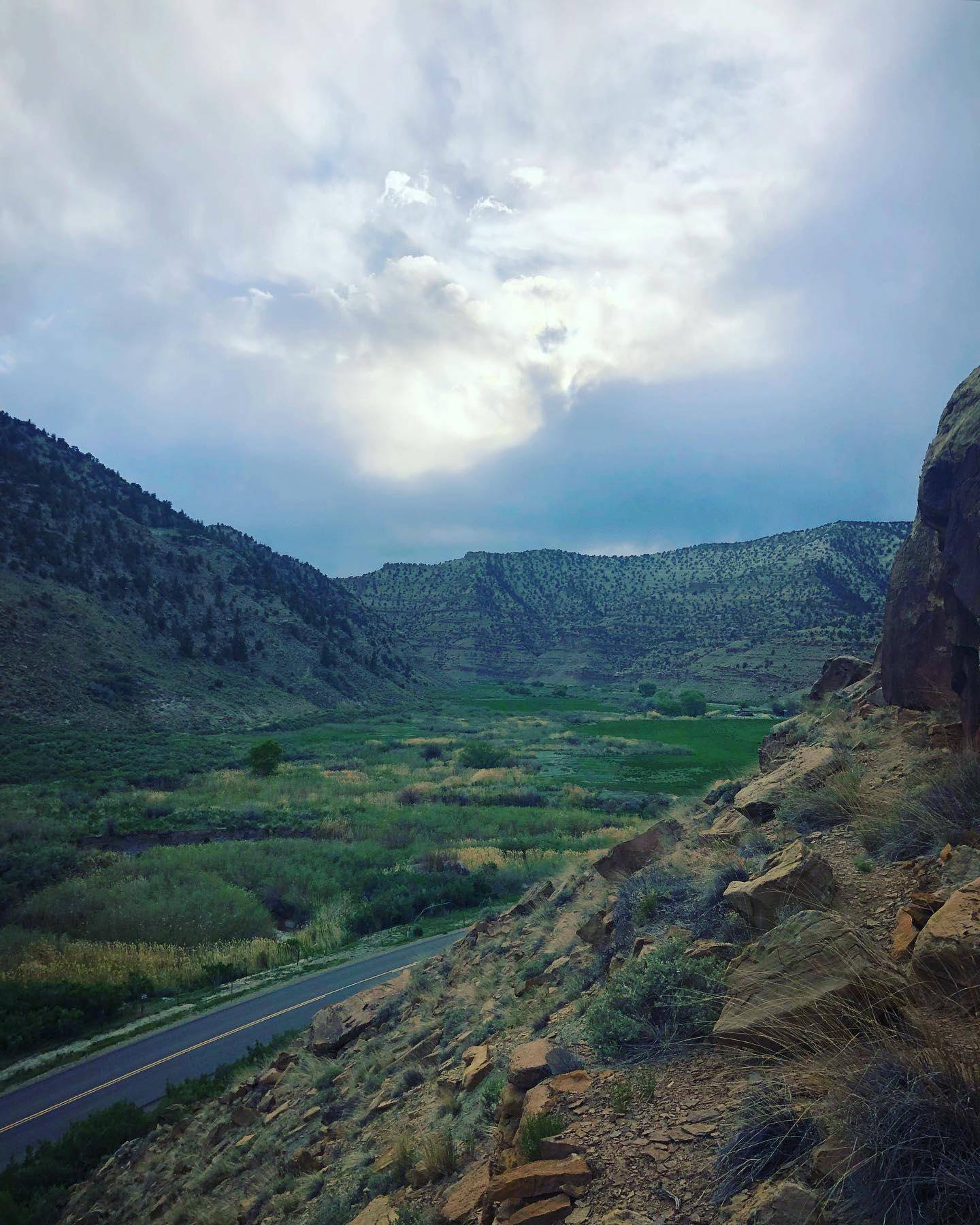By the Nine Mile Canyon Coalition
The Bureau of Land Management (BLM) is considering a proposal by Duchesne County to construct a Hydrocarbon Highway through Gate Canyon, connecting the Uinta Basin to Nine Mile Canyon. The intent of the project is to facilitate trucking of Uinta waxy crude oil and expand oil production in the Basin. The project would obliterate Gate Canyon, removing its meanders and filling the canyon with over 180 feet of dirt. Once completed, it is anticipated there will be one oil tanker every three minutes through Nine Nile Canyon.
Nine Mile Canyon is world-renowned for its remarkable density and diversity of prehistoric sites and artifacts, including petroglyphs, pictographs and granaries. The canyon is significant to several Native American tribes and is a Traditional Cultural Property. The canyon also contains important historic sites, including evidence of the post-Civil War era Buffalo Soldiers and early settlers. Importantly, these treasures can be seen in relationship with the natural landscape. Many of the historic inscriptions in Gate Canyon would be destroyed by the project.
“The idea that anyone would allow this type of development inside Carbon County’s most important tourism resource is an affront to those of us working so hard to bring visitors and attention to our world-famous attractions,” said Layne Miller, Price City Council member and tour guide in the canyon. “To put it bluntly, tourists and oil tankers don’t mix.”
Miller, who has guided tours in Nine Mile Canyon for over 20 years, has seen firsthand the need to protect the canyon’s irreplaceable cultural resources. “Our tours attract people from across the nation and world,” he said. “I have conducted rock art tours where we had more people from Manhattan than from Carbon County. It’s truly a worldwide draw.”
Even the BLM recognizes that Nine Mile Canyon contains an abundance of artifacts, including more than 10,000 images etched onto its walls, making it “the world’s longest art gallery” and an “outdoor museum.” It is believed “to contain the country’s highest concentration of rock art panels, remnants of the prehistoric Archaic, Fremont and Ute cultures.”
The entire canyon is eligible for listing on the National Register of Historic Places due to its vast cultural and historic resources. BLM designated the route through Nine Mile and Gate Canyons as a Scenic Backcountry Byway in 1991 and declared Nine Mile Canyon an Area of Critical Environmental Concern in 2008. Nonetheless, the current proposal puts all of these irreplaceable cultural resources at risk.
J. Michael Hansen, Chair of the Nine Mile Canyon Coalition, an organization formed 30 years ago to protect the natural and cultural resources of Nine Mile Canyon, stated that “no single project would do more to destroy our cultural heritage in the State of Utah than the approval of this ‘Hydrocarbon Highway.’ It is the equivalent of putting oil tanker traffic through the middle of Temple Square or the Louvre.”
Kent Williams, President of the Utah Rock Art Research Association, had this to say: “A high volume of semi-truck traffic down Nine Mile Canyon would threaten the incredible array of rock art in the canyon and impact the experience of people who come from across the country to experience and enjoy it.”
Mr. Williams added, “Dramatically increasing semi-truck traffic would likely require modification of the existing roadway in Nine Mile Canyon and construction activities could impact the many rock art panels that are located very near the road, all along the canyon. That same proximity of rock art to the road allows the opportunity for people to appreciate and enjoy the images in a relatively natural setting. A steady stream of semi-trucks with noise and diesel exhaust would degrade that experience. Nine Mile Canyon is a one-of-a-kind outdoor museum with world class rock art. Surely there is a better alternative for a hydrocarbon highway.”
The BLM is taking public comments on the proposal through Feb. 8. Project description can be found and comments made here: https://eplanning.blm.gov/eplanning-ui/project/2022551/510.

